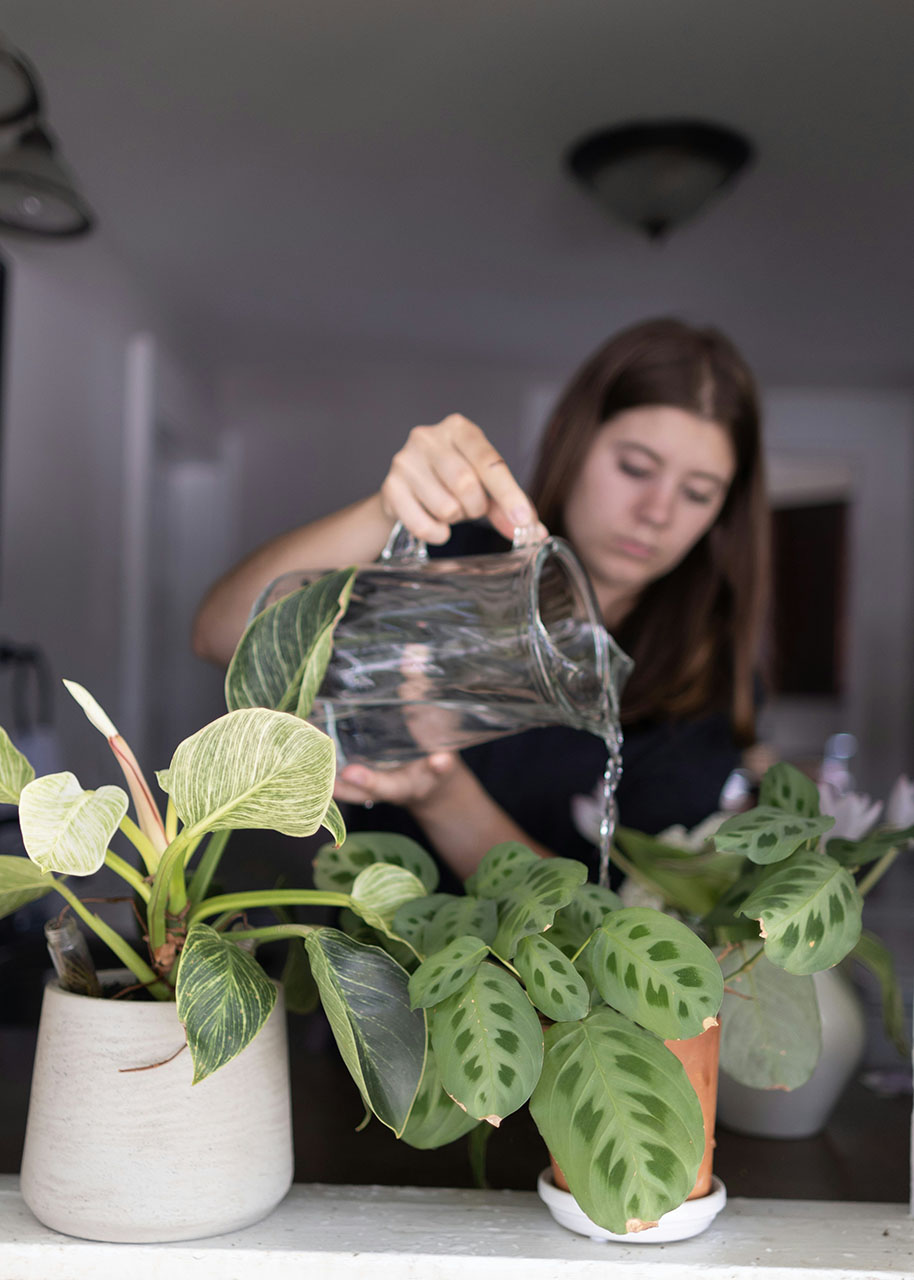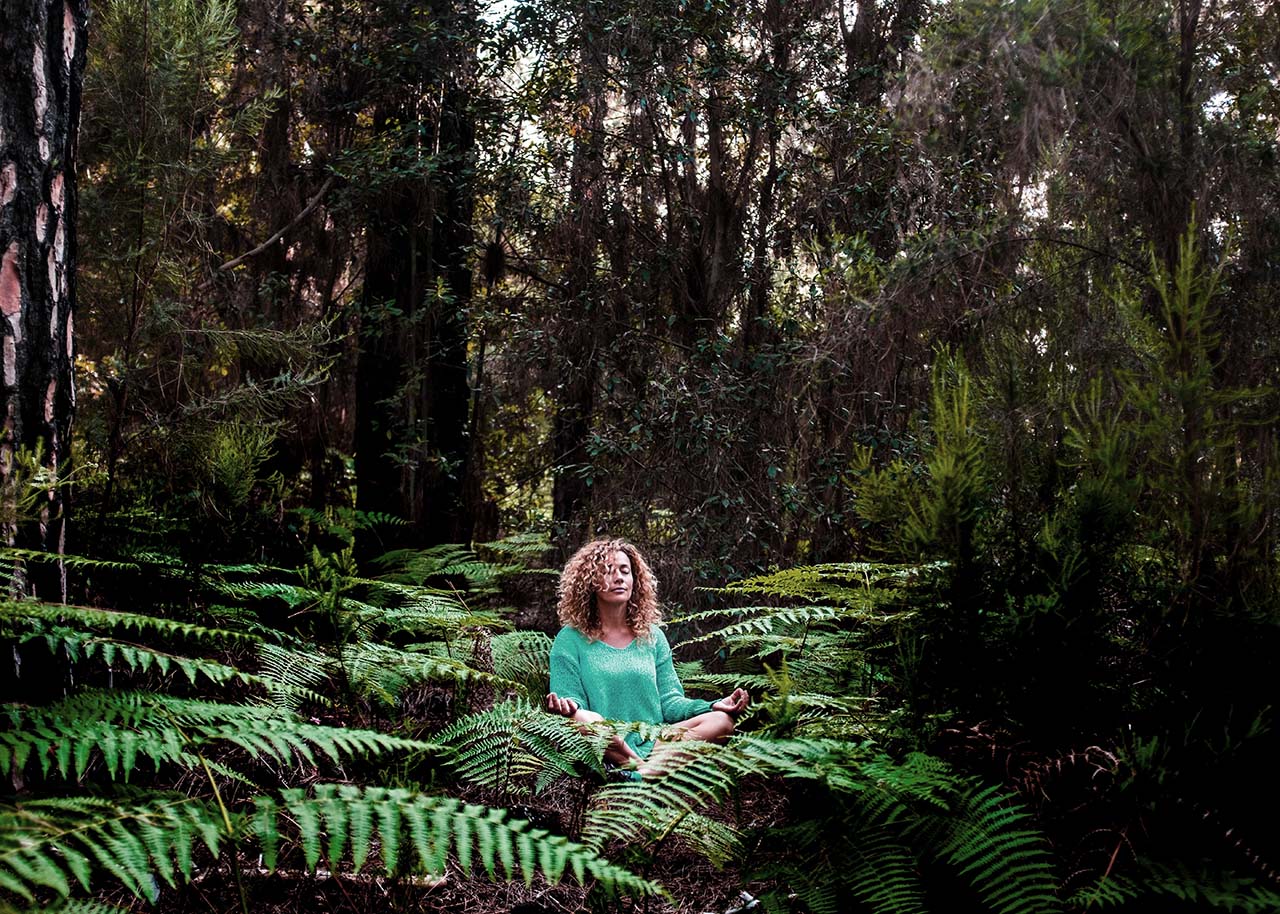(collaborative post)
In a world that often feels rushed, noisy, and overwhelming, many people are turning back to nature for balance and peace of mind. From the soothing rustle of leaves to the vibrant colours of a flower in bloom, the natural world has an incredible ability to restore us — physically, mentally, and emotionally.
This article explores how reconnecting with nature, even in small ways, can support our well-being and bring moments of calm into everyday life.
Nature and Mental Well-being
In an increasingly fast-paced and digitally driven world, many people are rediscovering the calming, restorative effects of the natural world. From forest walks to keeping houseplants, nature has a remarkable ability to heal both body and mind. This connection isn’t just romanticised idealism — it’s backed by growing scientific research.
Spending time in natural environments has been shown to reduce stress, lower blood pressure, and even improve immune function. In Japan, the practice of ‘shinrin-yoku’ or forest bathing has been part of public health policy for decades. It involves walking mindfully through wooded areas, engaging the senses and slowing the breath. All of which help to lower cortisol levels, the hormone linked to stress.
Small Encounters, Big Impact
The healing power of nature goes beyond hikes in the countryside. Simply having access to greenery — whether it’s a view from your window or a vase of fresh blooms on your desk — can have a measurable impact on mood and mental clarity. Studies have shown that patients in hospitals with access to gardens or natural light often experience quicker recovery times and report less pain.
During difficult times, people often turn to nature to express empathy or offer comfort. Sending flowers, for example, is a meaningful way to lift someone’s spirits. It’s a gesture that carries emotional weight through colour, scent, and beauty. Even the smallest interaction with natural elements can provide relief from feelings of stress and isolation.
Moreover, nature provides a healthy distraction from daily worries. Watching birds flit between branches or observing how a flower opens to the sun can quiet mental chatter and redirect attention to the present. These small moments of mindfulness, rooted in the natural world, can act as grounding tools in our busy lives.

Finding Connection Through the Outdoors
Being in nature nurtures a deeper sense of perspective and belonging. Walking in a local park, planting something with your hands, or watching waves crash on a shoreline — these moments encourage us to pause and reconnect. They remind us that life is cyclical and ever-changing, helping us find calm in uncertainty and peace in imperfection.
This connection is particularly valuable during times of grief, anxiety, or personal transition. Nature teaches patience, resilience, and acceptance. If offers a quiet kind of companionship without judgement or demand. It provides space for introspection, allowing us to process emotions without pressure or urgency.
Bringing Nature into Everyday Life
You don’t need to live in the countryside or travel to national parks to benefit from nature’s restorative power. Urban green spaces, potted plants on your windowsill, or even a lunchtime stroll outdoors can do wonders for mental and emotional balance. The key is consistency and presence — taking a few mindful minutes each day to notice the world beyond screens and schedules.
Even listening to nature sounds — rain falling, birdsong, or a babbling brook — can evoke a sense of calm and help reduce anxiety. Integrating these natural cues into your routine can create a peaceful buffer against the noise of modern life.
Nature as a Source of Inspiration and Creativity
Beyond its calming influence, nature also acts as a powerful catalyst for creativity and inspiration. Artists, writers, musicians, and thinkers throughout history have turned to the natural world as a muse — drawing insight from the intricate patterns of a leaf, the rhythm of ocean tides, or the changing hues of a sunset. There’s something inherently stimulating about being immersed in a living landscape that sparks new ideas and awakens the imagination.
Spending time in nature can help shift perspective and unlock creative flow. The brain relaxes in green spaces, allowing thoughts to drift more freely, and new connections to form. Whether you’re journaling beside a lake, sketching flowers in a garden, or simply daydreaming under a tree, these moments away from routine can fuel innovation and self-expression.
Whether it’s a regular weekend walk, growing herbs in the kitchen, or gifting someone a fresh bouquet, nature invites us to slow down, breathe deeply, and reconnect with what truly matters. In both big and small ways, it offers a simple, accessible path to healing — one rooted in beauty, balance, and belonging.
This post was published in collaboration with a content partner. The article is meant to inspire you how to live a slow, simple, soulful and sustainable lifestyle and may contain (affiliate) links to articles, websites or products/services that may be of interest to you.
Would you like to receive inspiration from The Slow Living Guide regularly?
Sign up for the newsletter here.



